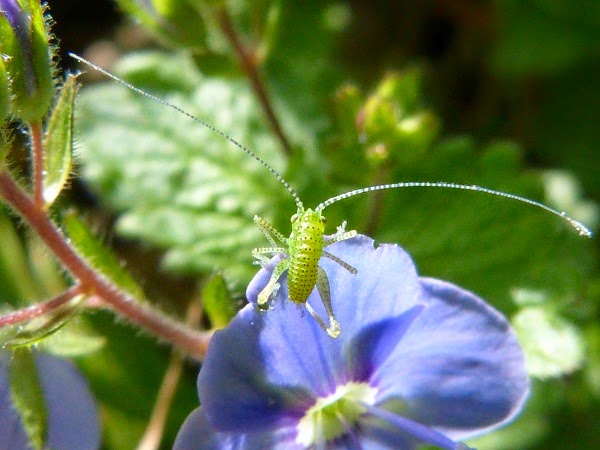We recently had our 40 years from graduation reunion in Bristol, & took the opportunity to walk in the Mendips and indulge my interest in old churches and their carvings and windows.
Somerset ir renowned for its Churches, many with medieval origins rebuilt in Victorian Gothic style by wealthy wool merchants and subsequently tobacco money.
The Church of the holy Trinity, Burrington has fine grotesques and gargoyles. The pot-pourer is rather unusual.
The legend of the Pelican feeding its young her own blood in time of famine in an old pre-Christian one, taken up by the church like so many other ideas and festivals. Like many others depicted in Churches this one looks more like a swan. They were introduced to St James's park in 1664, but travelling there for a country craftsman would have been very difficult.
St Andrew's Blagdon has one of the tallest spires in Somerset, about 116 feet, dating from the 15th century. Much of the rest was built in the early 20th century by the Wills tobacco family. The magnificent vaulted ceiling in the tower was hidden and quite unknown until recent major renovations.
Detail of a stained glass window depicting Aaron. Before turning into a serpent his rod brought down the plagues of Egypt. He features in Christianity, Judaism and Islam.
The grotesques, as so often, are chimaeric beings with parts of lion, bat, bull human and who-knows-what else.
St James the Great, Winscombe, consecrated in 1236, some strange carvings on the floor. Aliens or representations of the inevitability of Death?
.JPG)
1725
.JPG)
1688
.JPG)











.JPG)
.JPG)
.JPG)
.JPG)
.JPG)
.JPG)
.JPG)
.JPG)
.JPG)
.JPG)















